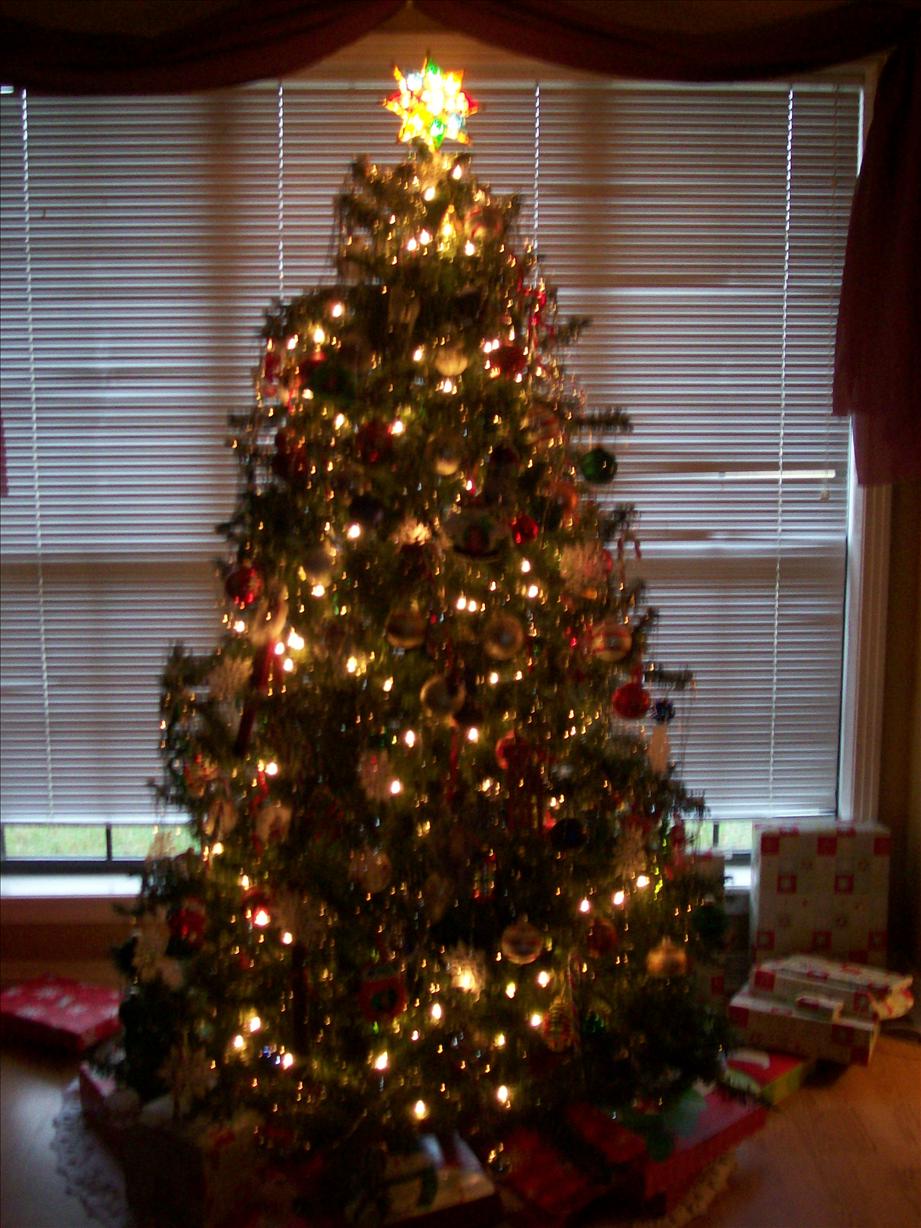 The term Christmas comes from the old English “Cristes Maesse” meaning Christ’s Mass celebrating the birth of Jesus.
The term Christmas comes from the old English “Cristes Maesse” meaning Christ’s Mass celebrating the birth of Jesus.
The actual birthday of Jesus is not known. Therefore, the early Church of the 4th Century fixed the day around the old Roman Saturnalia Festival, the last week of the last month of the year, December.
The first mention of the birthday of Jesus was in 354 AD. Gradually all Christian churches except the Armenians (who celebrate Christmas on January 6, the day of baptism of Jesus) accepted the Christmas date as December 25.
Origin of Santa
Father Christmas is based on a real person, St Nicholas, which explains his other name ‘Santa Claus’ that comes from the Dutch ‘Sinterklass.’
Nicholas was a Christian Leader from Myra (the modern day Turkey) in the 4th Century AD. He was a very shy person and wanted to give money to poor people without publicity.
One day, he climbed the roof of a house and dropped a purse down the chimney; it landed in the stocking, which a girl had put to dry by the fire.
This would explain the belief that Father Christmas comes down the chimney and places gifts in children’s stockings.
Since then, children hang stockings in hope of finding them filled with gifts.
Father Christmas was depicted wearing long robes with sprigs of holly on his long white hair.
Children write letters to Father Christmas detailing their requests, but instead of dropping them in the mailbox, they are tossed into the fireplace.
The draft carries the letters up the chimney, and theoretically, Father Christmas reads the smoke.
Gifts are opened in the Christmas day afternoon or the next day which is the ‘Boxing Day’, means day of boxing out the gifts.
The custom
The custom of giving gifts during Christmas goes back to Roman festivals of Saturnalia and Kalends. The first gifts were simple items such as twigs from a sacred grove as good luck emblems. Soon it escalated to food, jewellery, candles and statues of Gods and now ended up in today’s commercialisation.
The custom of singing Carols at Christmas is of English origin.
During the middle ages, groups of Serenades called ‘Waits’ would travel around houses singing ancient carols (‘songs of you’) and spreading the holiday cheer.
Most of the popular old carols we sing today were written in the 19th century.
The hanging of greens, such as holly and ivy is a British winter tradition orginated before the Christian era.
Greenery was probably used to lift sagging winter spirits and remind the people that spring was not far away.
The Christmas Tree

The decoration of Christmas trees, though primarily a German custom, has been widely popular in England since 1841 when Prince Albert had a Christmas tree set up in the Windsor Castle for his wife Queen Victoria and their children.
The custom of sending Christmas cards started in Britain in 1840, when the first ‘Penny Post’ public postal service began.
The Carol, the Gifts, the Feast, and the good cheer of wishing Christmas come together to create the very special seasonal atmosphere since it started.
Let us sing together the jingle bell again this year.
Merry Christmas and a happy and prosperous New Year 2013 to all.
Dr George Abraham is our South Island Correspondent based in Christchurch






